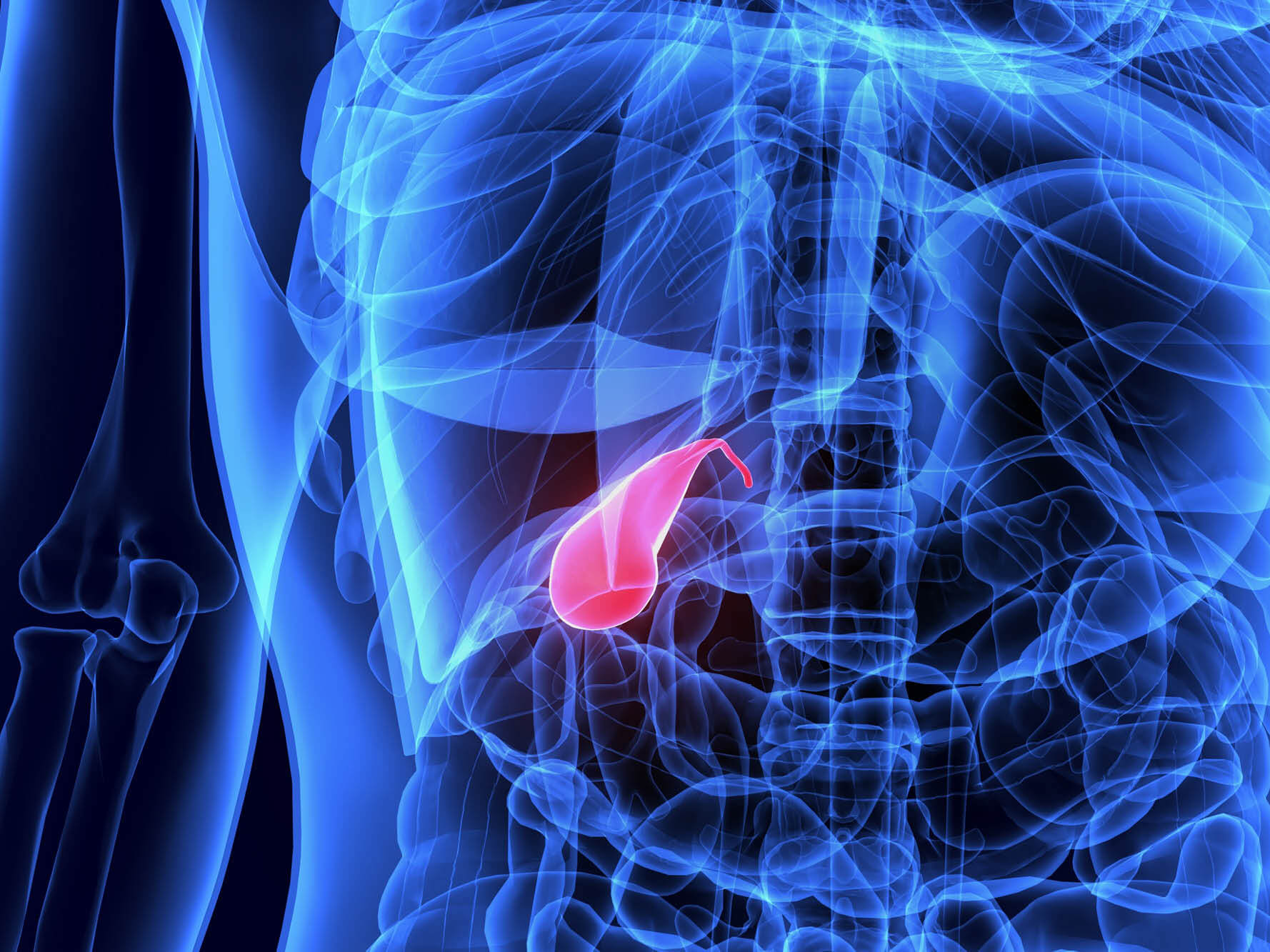In this edition, we would like to extend a warm welcome to Dr Aemelia Melloy, General Surgeon, as she sets up her new practice alongside Dr John Knott. Her interests are in Breast and Endocrine but she will be assisting us with mainstream GI conditions as well. I’ve asked her to update us on the surgical approach to incidental findings of gallbladder lesions during abdominal imaging for other indications.
June is of course Bowel Cancer Awareness month. The National Bowel Cancer is now well ingrained into our population screen protocols. But are we missing an important group of at risk people? We take a closer look at bowel cancer in patients under 50.
CAIRNS GASTROENTEROLOGY will again be represented at the ANNUAL RAMSAY GP EDUCATION WEEKEND in August this year. Look out for our breakfast stall where Dr Bernard Chin will be giving GPs hands on practical advice on how to diagnose and manage Abdominal Cutaneous Nerve Entrapment Syndrome (ACNES).
GALLBLADDER POLYPS
by Dr Aemelia Melloy
Gallbladder polyps are elevated lesions on the mucosal surface of the gallbladder. They are seen in up to 9% of the population and the vast majority are benign cholesterol polyps. Surveillance is important due to rare risk of gallbladder malignancy, which has a very poor prognosis when diagnosed at a late stage.
Types of Polyps
Almost 70% of polyps are pseudo polyps and harbour no malignant potential. Larger polyps have a higher risk of malignancy, with the chance of malignancy in >1cm, <1cm & <5mm polyps being 8.5%, 1.2% & 0% respectively. There are several different types of polyps that may be found in the gallbladder with differing malignant potential.
- Cholesterol polyps (>50%) – small and multiple, size usually <10mm. May be associated with metabolic syndrome.
- No malignancy risk.
- Inflammatory polyps (10%) – size usually <10mm, associated with chronic cholecystitis. No malignancy risk.
- Adenomyomatosis (25%) – solitary within the fundus, thought to have premalignant potential.
- Adenomas (5%) – usually solitary, 5-20mm, thought to have premalignant potential.
- Malignancy (5-10%) – adenocarcinoma, rarely metastases to gallbladder (SCC, angiosarcoma)
Presentation
Polyps are usually an incidental imaging finding and rarely cause symptoms. Larger polyps that are near the neck of the gallbladder can cause symptoms from prolapse or obstruction to the outlet. Rarely polyps may dislodge and cause cholangitis or biliary obstruction, however this is very rare.
- High Risk for Malignancy
- Age >50 yrs
- Indian and Asian ethnicity
- Polyp size >10mm
- Sessile polyp
- Focal wall thickening >4mm
- History of ulcerative colitis or primary sclerosing cholangitis

Polyp Surveillance
The European Society of Gastrointestinal and Abdominal Radiology (ESGAR) has guidelines for the management of gallbladder polyps that is widely recognised across Australia. Any patient with a polyp >10mm in size should undergo surgery if fit to do so. For polyps smaller than 10mm;
- High Risk
- 6-9mm – refer for cholecystectomy
- <6mm – follow up US at 6m, 12m then yearly for 5 years
- Low Risk
- 6-9mm – follow up US at 6m, 12m then yearly for 5 years
- <6mm – follow up US at 1yr, 3yrs & 5yrs
If a polyp disappears on follow up imaging, then surveillance can be discontinued.
When to refer for surgery
- Any polyp >10mm in size
- Polyps with abdominal symptoms that may be consistent with biliary-type pain
- Asymptomatic patients with any risk factors for malignancy
- Polyps that have increased in size 2mm or greater on surveillance imaging
BOWEL CANCER IN UNDER 50s
by Dr Bernard Chin
Bowel Cancer Australia director Dr Graham Newstead, joint Associate Professor of Surgery at the University of New South Wales, said that in Australia, one in ten new bowel cancer cases were found in people aged under 50. He said bowel cancer rates have shown that it is now the deadliest cancer among people aged between 25 to 34. He recently entered discussions with the Federal Health Minister to lower the NBCSP age to people 40 and over.
In the US, the US Preventive Services Task Force (USPSTF) and the American Cancer Society recommend bowel cancer screening of average risk patients starting from the age of 45.
With the unequivocal evidence now that bowel cancer is occurring at a significantly younger age than in the past, it is incumbent on GPs to ensure they are offering patients in this age group appropriate screening options.
Given that government policy in screening programs lag indisputable evidence advocating change by over a decade in some instances (usually related to cost factors), the recent evidence supports the case for GPs to modify their “well patient” cancer screening protocol. It has been suggested that “average risk” patients 45 years and over be offered private bieenial FOBTs until they turn 50 when the National Bowel Cancer Screening Program (NBCSP) will take over. Average risk patients over the age of 40 who are anxious about bowel cancer could also be considered for an early private bieenial FOBT program.
Above average risk patients for bowel cancer will be managed according to NHMRC and Medicare guidelines as per usual practice.





